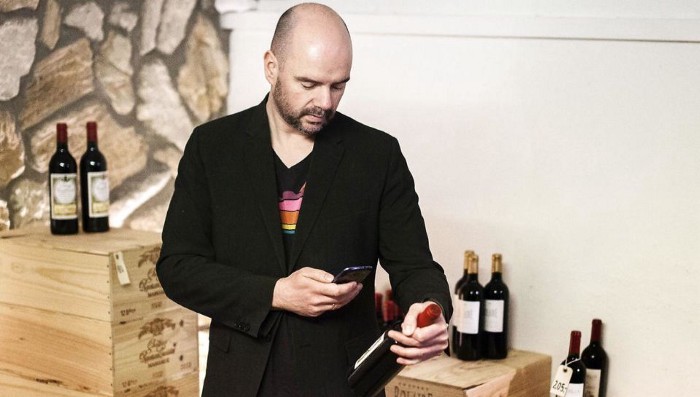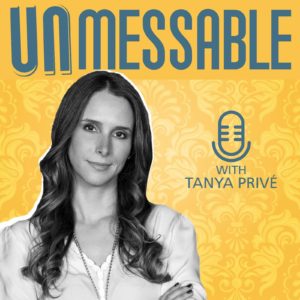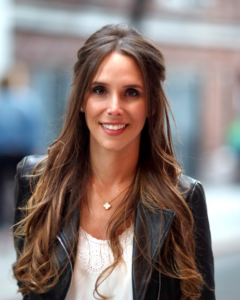We’ve all heard of the dangers of entering crowded markets, but as an entrepreneur, does that mean you don’t take the risk and withhold from launching your business in that sector?
Entering an already crowded market isn’t advisable, but it’s been done. In a recent episode of Unmessable, I spoke to Heini Zachariassen, who along with his co-founder Theis Sondergaard, launched Vivino, a brilliantly-designed wine app that stands as one of the world’s largest wine marketplaces. In 2010, when they launched Vivino, they were the 600th wine App on the market. Within a few short years, they managed to climb to the top with 36 million users, looking up 2 million wines every single day, and organically attracting 600,000 new users each month. To date, Vivino has raised $57 Million in funding and is operational in 16 markets.
But this kind of success didn’t happen overnight. In fact, it took years of focus to yield these results. Add to that an overcrowded marketplace and you’ve got the deck stacked against you. But somehow, Zachariassen didn’t falter. He worked hard at competing against the others and realized what they couldn’t.
So how did he manage to come out on top despite being the 600th wine app to enter the market?
Zachariassen shared with me that these four things were the reason Vivino, against all odds, became one of the top wine apps in the world:
Do a competitive landscape analysis.
Doing a comprehensive competitive analysis is critical in getting grounded with the current landscape. Who are the top 10 players? How long have they been in the game? How well funded are they? What’s their business model? What are the product reviews? These are all questions you should answer before embarking on an arduous undertaking.
Zachariassen did his fair share of research before committing to Vivino, and noticed that the top players on the market failed to tell him one basic thing: should he buy this wine? Because of this, he knew early on what to avoid if he was gunning for success. Although he realized he was up against some fierce competition, he knew he could address the pain points of the average wine drinker, and so he persisted.
Know your audience extremely well and ONLY build for them.
Zachariassen did not come from the wine industry, but he loved wine and wanted to build an amazing app for casual wine drinkers like himself. Their users want to know if the wine is good or bad, and maybe give it a quick rating. That’s it. So he built the product to address this core concern.
Quickly Zachariassen learned that Vivino didn’t have to be the best wine app. It just had to be better than his competitors. Setting up realistic expectations is crucial, as is keeping your eye on the prize. Zachariassen admits that it took 18 months to begin to gain the traction he’d hoped for Vivino, and while he never demonstrated doubt to the outside world, he admits experiencing moments of uncertainty. It’s important, he says, to stay the course in the early years. Keep believing in your product. Know that if you put in the work, you greatly increase the chances of yielding the results you want.
Find the one metric that matters most and only focus on that.
Amazon knew that the way to win people over is by providing fast and cheap or free shipping. That was the metric they optimized for. The key for Vivino was to have the best data. Wine is long-tail and the only thing that matters for the users is if they have data on the exact wine they’re looking for. So Vivino obsessively focused on having ratings for as many wines as they could. Focusing relentlessly on having the best data and being willing to ignore “nice to haves” was key for Zachariassen.
Too many entrepreneurs in this landscape make the mistake of striving for perfection early on. It’s admirable, yes. But is it realistic? You don’t need perfection to get the ball rolling. Perfect can come later. It’s crucial that you solve the problem first, and set realistic expectations thereafter.
Launch your product with a built-in product feedback loop.
If you enter a crowded market but have a better product, like Vivino, you increase your chances of winning. Zachariassen launched with a minimum viable product and iterated as customers provided feedback. You likely will launch or enter the market with a pre-conceived notion of what product/service will address the pain point but ultimately you will never know if it clicks with the market until your customers are actually using your platform.
Listening to the user and releasing new features based on feedback can help ensure your product is designed to meet your audience’s needs. Actually, Zachariassen launched Raw Startup youtube channel to discuss core issues around founding and scaling a successful business.


 Unmessable podcast explores what it takes to be a great leader via candid discussions with success business operators and renown thought leaders.
Unmessable podcast explores what it takes to be a great leader via candid discussions with success business operators and renown thought leaders.
